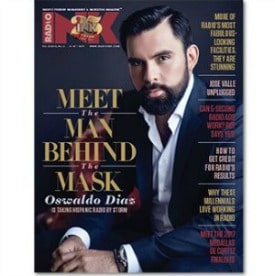
Oswaldo Diaz is one of the most versatile and talented entertainers in Hispanic radio today. He’s got a unique talent for impersonation, a gift for creating live, on-the-spot hilarious moments for listeners and fans, and the charisma to attract big-name celebrities and artists to his show. He connects to Hispanics not just on the air, but through often unforgettable personal encounters and his connections to community and cause-related events.
In fact, there’s even more to the man behind the mask than you might think: His show, Erazno y Chokolata, features a varied cast of characters, all of them generated by Diaz’s own fertile imagination and vocal talents. He’s a longtime lover of all things radio, and his show reflects that love — and he created his show’s characters, including the masked luchador (wrestler) Erazno, to reflect both that and his almost-as-great love of Lucha Libre wrestling.
As a big fan of personalities like Eddie “Piolín” Sotelo, Diaz dreamed of creating a show that would one day be popular enough to move into syndication. And in 2007, thanks to Entravision Communications, his dreams came true. The show is now syndicated on 79 stations across 60 markets, covering approximately 80 percent of the U.S. Latino population, and is now arguably the most popular afternoon program in Spanish-language radio today.
Radio Ink: How did you get your big break in radio?
Oswaldo Diaz: I got my big break on La Ley 103.1 in Santa Maria, CA. At the time, Johnny Navarro was the morning show host, and they added me as his co-host. I threw in some jokes here and there, and I also read the entertainment news (using an early version of the Chokolata character) and sports reports with my parody of the sportscaster Enrique “El Perro” Bermudez, a.k.a. “El Doggy.”
Radio Ink: What station did you start on in radio?
Oswaldo Diaz: I was a teenager working in landscaping in Santa Maria when I stumbled upon an open overnight part-time position at the local Spanish Pop radio station, La Romantica. I remember being so nervous to open the mic for the first time on La Romantica. I continued landscaping while moonlighting as a part-time DJ because neither job paid me enough.
Then the station offered me an opportunity to become full-time, by not only working on La Romantica in the afternoons, but also in the mornings for the Regional Mexican station La Ley 103.1.
Radio Ink: Where did you work after that? Tell us how your career progressed.
Oswaldo Diaz: In 2004, I left Santa Maria for an opportunity with Entravision in Los Angeles. I joined the El Potrillo y La Socia morning program that was on their Tricolor network — I was the sports reporter for that program, using my “El Perro” Bermudez parody.
Then, in late 2005, Entravision restructured its programming department and Nestor Rocha, “El Pato,” took over as vice president of programming. He recognized my talent and came up with the Ya Parate! with Erazno morning show for Entravision’s Oye 97.5, the “La Cumbia Caliente” format, on KLYY-FM in Los Angeles.
Radio Ink: Who were some of your mentors along the way? The people who believed you would become one of the best in the business?
Oswaldo Diaz: My first mentor was the first radio host I worked with, Johnny Navarro. Other mentors include Chava Ponce and Carlos Cibrian. When I joined Entravision in 2004, the mentor who took me to another level was Nestor Rocha.
Radio Ink: How did he take you to another level?
Oswaldo Diaz: Nestor truly believed in the personalities I had created and their story lines. He gave me the direction I needed to evolve the show and helped me structure the program to more effectively deliver stories on air. Maybe I’m giving him too much credit! (Laughs.)
Radio Ink: What is the story behind the mask? 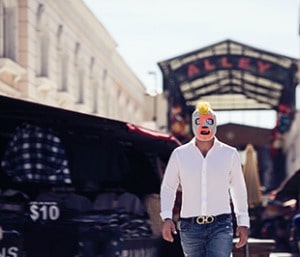
Oswaldo Diaz: Initially, the Erazno character I created was nothing more than a voice. I’ve always loved Lucha Libre — the wrestling franchise in Mexico — and I wanted to model the character from the masked Mexican luchador, who represented so much of the Mexican culture. So I think it was partly me wanting to say, “I like Lucha Libre,” while at the same time giving something familiar to the audience, who were mostly of Mexican descent. A luchador is nothing without his mask, just like a cowboy isn’t complete without his hat.
Radio Ink: Where are the characters on the show from, and how did you bring them together?
Oswaldo Diaz: When Erazno y la Chokolata first launched, it was only my voice, with the Doggy providing sports reports, Chokolata for entertainment, and Erazno cracking jokes. Eventually, we realized that the audience really liked the characters, so over the course of a year in 2005, the characters morphed and became a key part of the show. Chokolata and Erazno were presented as the main hosts, and Doggy had a new, non-sports-related segment.
Radio Ink: Was it always a goal of yours to be syndicated?
Diaz: I was always a fan of syndicated programs like El Piolín and El Cucuy, but I never believed I would be on the air. Then I realized that I could actually do a radio show that was relevant to many markets and audiences. It wasn’t a dream until I saw the potential for the show to air in other markets and I thought, “If Piolín and Cucuy could do it, why couldn’t I?”
Radio Ink: Tell us about the conversations you had when you knew you were about to be syndicated.
Diaz: Entravision saw the success of the Ya Parate! con Erazno program and decided to expand it into more markets. In 2007, we morphed the show into the Erazno y la Chokolata afternoon show, and Entravision extended its reach by adding the program to its Tricolor Network lineup (in addition to being on KLYY-FM/Los Angeles). Soon we received calls from people in outside markets telling us that they enjoyed our program.
During this time, social media started to grow, and listeners would record bits of our show and share on social networks. We had people listening on TuneIn that would call their local radio station to request our show in their market. The listener and social media response convinced Entravision to syndicate the program.
Radio Ink: How big is social media in providing content for your show and how you interact with listeners?
Diaz: It’s very important as a daily source for information and stories we use on air. And unlike traditional media, when you post or share something on social media that you’ve covered on air, you can see comments immediately. Plus, social media gives us access to pictures and audio for news stories, which allows us to be even more creative on our show.
For example, if we found out that an artist fell off the stage, we would just report the headline that “an artist fell off the stage.” Now, with social media, you have immediate access to the footage and details on the incident to make it more than just a headline. We take the incident a step further and create a parody of the artist falling off the stage. The payoff is that we can get instant reactions from the audience.
Radio Ink: What is the animated video you are releasing all about?
Oswaldo Diaz: The El Garaje de Erazno animated videos are in the rollout phase, but their purpose is to let the audience into the personal worlds of the show’s main characters. The audience can actually see the lifestyle of each character. On air, the audience is told that Erazno lives in a garaje, or garage. Now, they can actually see his garage, along with all his prized possessions.
In its current video format, Erazno is doing standup comedy with simple one-liner jokes, right from the garage. Soon, we will also be showcasing Chokolata’s mansion and Doggy’s bachelor pad, which we are always inquiring about on air. The content and dialogue will be similar to what the characters share on air.
When we feature Chokolata’s mansion, for example, her topics will revolve around los nacos, or people that she finds tacky, and she’ll tell us why they are tacky. And Doggy, from his apartment, will dish out his advice. Down the line, all three will be in episodes together as a sitcom. Plus, the animation of the videos and characters can be used in new virtual and augmented reality experiences. We are even planning a movie based on the three: Erazno y la Chokolata: The Movie.
Radio Ink: What was the reaction from your audience in the run-up to the election?
Oswaldo Diaz: We have a 100 percent Latino audience, and, given the issues, there was a lot of information for them to absorb. They were scared about who was going to win and how that would impact the economy, so we brought in as many professional consultants as possible to talk about the various scenarios and ramifications for Latinos if certain campaign promises were to be realized.
The general concern was about who would be elected, so we informed our listeners in the same way we conduct the show. We provided the serious information, but then evolved it into satirical humor that is more characteristic of the show. This helped our audience understand it in a much more memorable and lighthearted way, easing some of their anxiety.
Radio Ink: Are current political issues, especially in terms of immigration, making their way into your daily show? Do you feel a responsibility to use the power of your mic to discuss hot issues?
Oswaldo Diaz: For us, as a show rooted in comedy and entertainment, we always inform the audience using parody. For instance, we have a segment where we call the White House and talk to Donald Trump using real audio. While politics is ever-present in these calls, we edit the audio and add our touch of humor so we’re still informing, but at the same time entertaining them with the political topic of the day.
For our audience, the most important topic is immigration. We get both serious and funny comments after these parodies, but most are still worried about the current administration. I do feel a sense of responsibility, because I believe the information my family needs is the same information other families need, too. My family is just as concerned about the current administration, and I feel the same way the audience does and worry about what will happen to us. We’re not just an entertainment medium. It’s also our duty to inform the audience that supports our show.
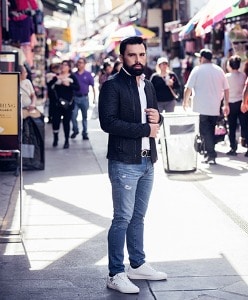 Radio Ink: As Hispanic radio grows in popularity across all demos and ethnicities, do you find your show attracting more non- Spanish-speaking listeners? If so, has that impacted your on-air presentation in any way?
Radio Ink: As Hispanic radio grows in popularity across all demos and ethnicities, do you find your show attracting more non- Spanish-speaking listeners? If so, has that impacted your on-air presentation in any way?
Oswaldo Diaz: It always surprises me when non-native Spanish speakers approach us at remotes and events. They tell me that they listen to our show and feel it’s “very funny” or that they listen with their kids. Sometimes, they admit that they had never even listened to Spanish music until a parent introduced them to our show. Even though the show is made for a Mexican audience, we have a lot of listeners from other Spanish-speaking countries, including Central America and the Caribbean.
When we entered markets in Florida, I thought it would be difficult to assimilate to that audience because Hispanics in Florida come from Colombia, Cuba, and Puerto Rico, but we ended up reaching the number one position in those markets. We even have listeners stationed overseas that listen through our app. In social media, our audience comments tend to be more in English, so we’re not just appealing to first-generation Hispanics, but also to the second and third generations.
Radio Ink: How do you compete with localism and make the experience personal to everyone listening, whether in major markets or small towns?
Oswaldo Diaz: I think this is easier than people think. It’s more about delivering current events and news with your perspective while informing and entertaining. When you have compelling, relevant, and fresh content, being local or syndicated doesn’t matter as much. It’s the content that connects with your audience that counts.
Radio Ink: Hispanics continue to be heavy users of radio, even as they are also some of the biggest users of today’s social media platforms. What do you think it is about radio that connects so well with them?
Oswaldo Diaz: Most of our listeners are working families. They listen to us while they work or while sitting in traffic on their commutes home. Latinos love to listen to music while working and with their family; it’s a very social experience for them. We have a need to stay connected and constantly be entertained, and that’s why I think we are such heavy users of radio.
Radio Ink: Does regional Mexican music, and those that listen to Regional Mexican radio, get the level of respect you think they should?
Oswaldo Diaz: There are so many genres that encompass regional Mexican music, but the one sub-genre that gets the most attention is corridos. We don’t play “narco” corridos on my show, but I do think corridos are heavily criticized and misconstrued. Regional Mexican music has changed a lot. It’s not just about narco corridos anymore. The biggest hits are romantic ballads and cumbias. Narco corridos no longer define regional Mexican music. There’s a lot more great music out there now.
Radio Ink: What do you believe to be radio’s biggest challenges? If you could address all of the industry’s leadership, what would you advise them they need to do to grow radio?
Oswaldo Diaz: The biggest challenge is being consistent. Having content that is fresh, informative, and entertaining every single day, and maintaining that for years, is challenging. To the industry leaders, I would say, give your talent time and support. Nestor Rocha gave me confidence and the time to let our show grow and mature. If you are going put a show on air, support them and believe in them. Otherwise, don’t put them on.
Radio Ink: If you had a chance to make a pitch to all general managers reading this, why should they pick up your show?
Oswaldo Diaz: It’s very simple. Our show has proven it works, it’s proven it has unique entertainment value, it’s going to give you ratings, and it’s going to make you lots of money.
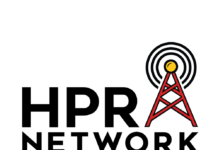


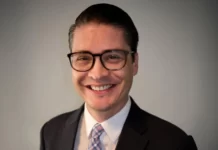


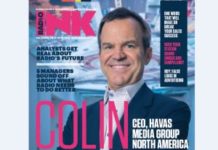
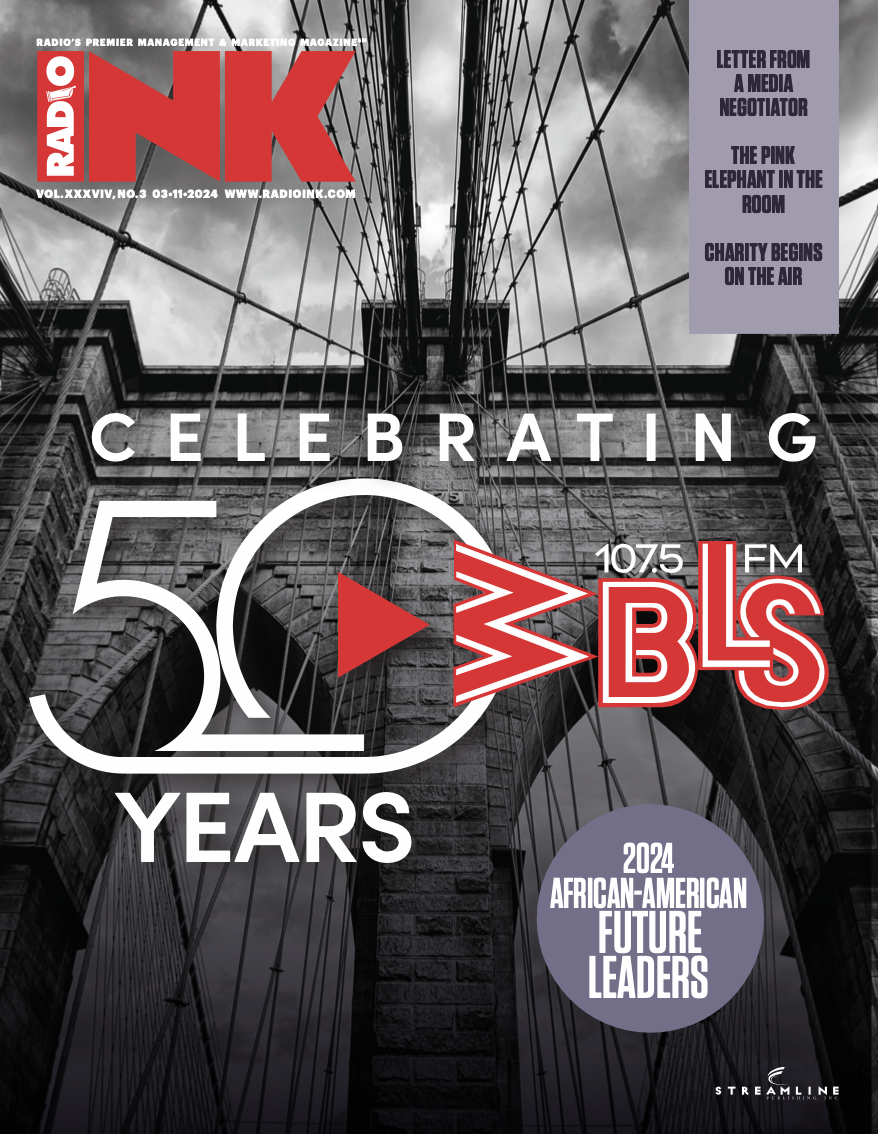

To write a compelling article or story, authors need keen senses and eyes, and they need to consider the subject in great detail. Your article has left a very favorable impression on me.